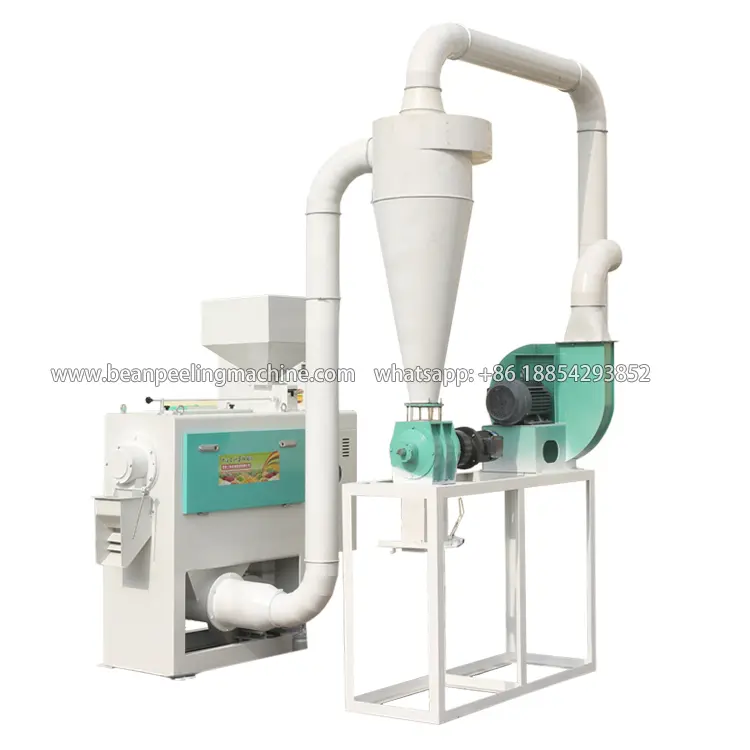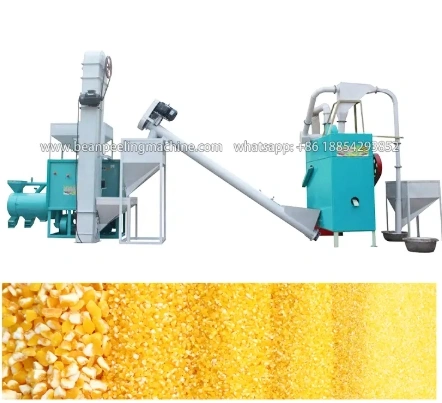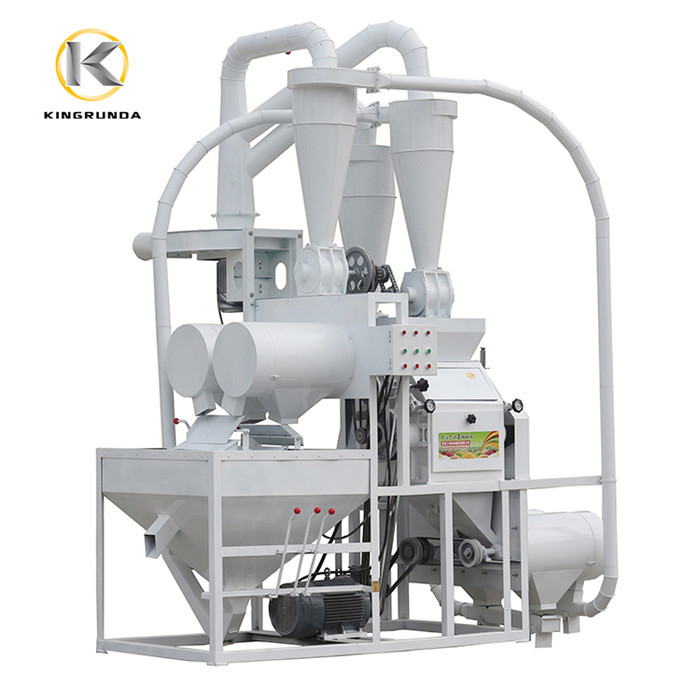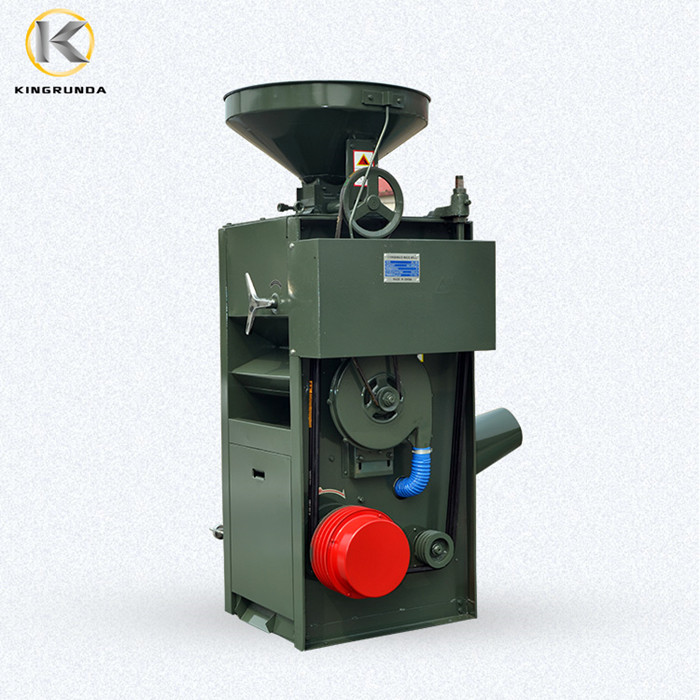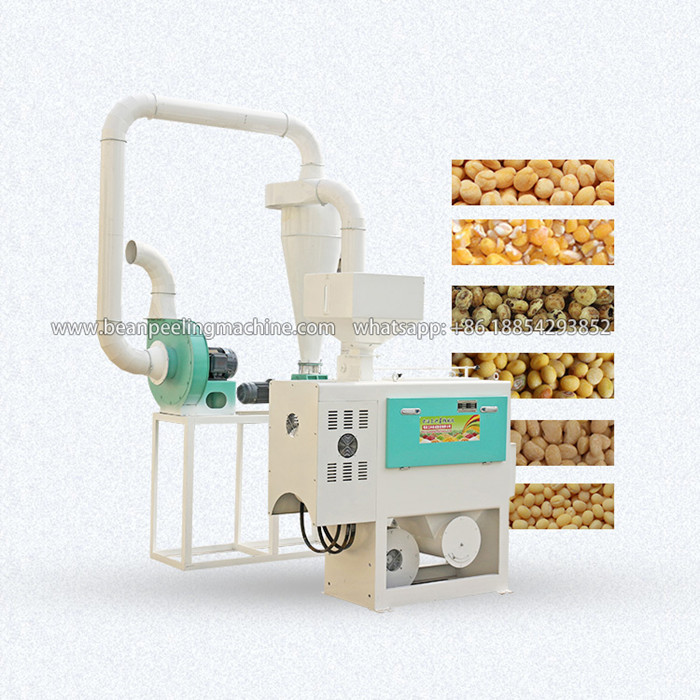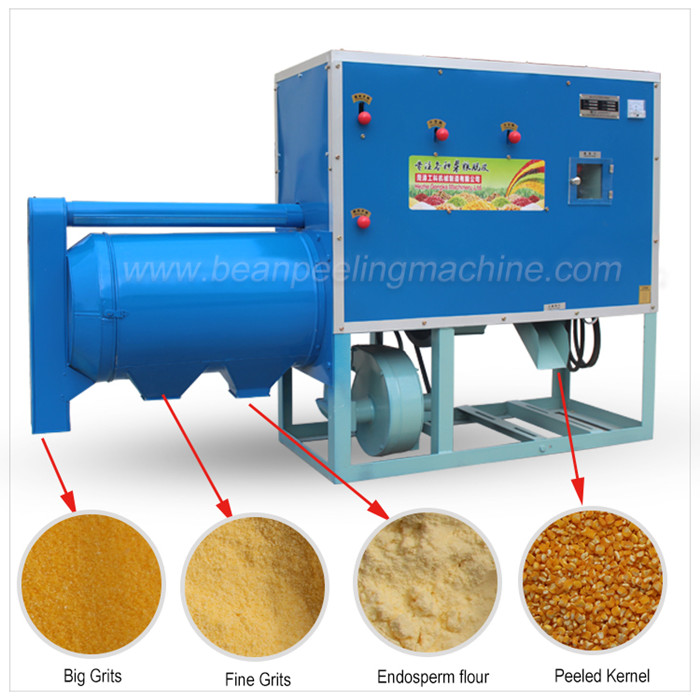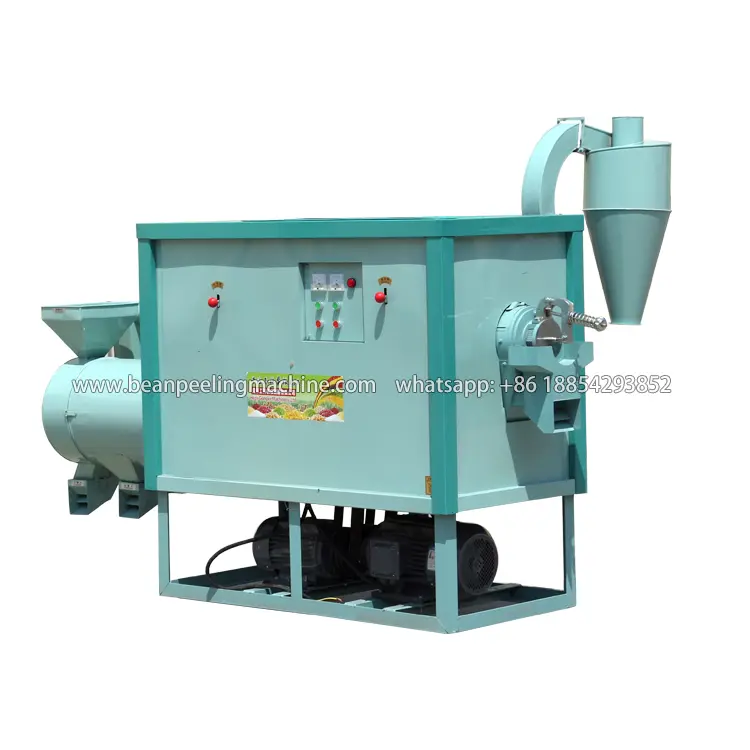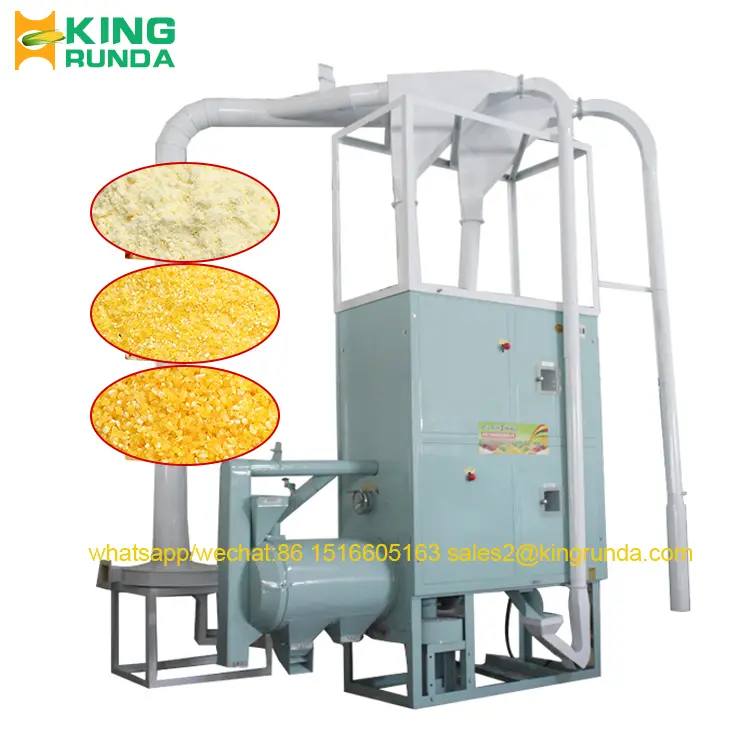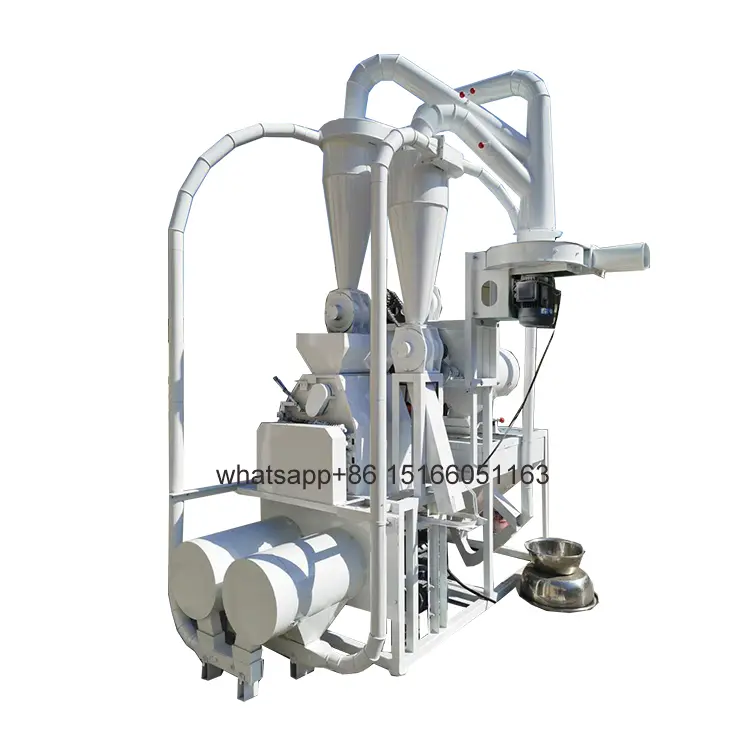Introduction for wheat/barley peeling machine
Introduction: It can process many kinds of beans, such as, Millet, Barley, Wheat, Sorghum, Lentil, Quinoa, Corn, Chickpea,etc
It is composed of peeling system, pressure control system, wind separation system, and kernel receiving system. With this one machine, it can automatically finish peeling and dust control etc. Besides corn, wheat, barley, it peels very successfully for soya beans, green peas, black soya beans, lentils, black eye beans,gram, mung beans, chickpeas, etc. This technology has filled the blank for cereal grain peeling industry. It is the most advanced beans peeling equipment. This machine can not only work independently, but also can be designed as a peeling team in large production capacity which can accommodate with large beans processing plants.

The principle of a barley peeling machine involves the process of removing the outer husk to obtain a purer barley kernel. Here is the basic principle of a barley peeling machine:
Feeding: Initially, untreated barley is fed into the inlet of the peeling machine.
Breaking the Outer Husk: Inside the peeling machine, barley undergoes a series of mechanical operations, typically involving friction, vibration, or pressure, to crush or strip away the outer husk. This step may also involve wet processing of barley to soften the husk, making it easier to remove.
Separation of the Outer Husk: Once the barley's outer husk is broken or removed, the peeling machine uses air, vibration, or other separation methods to distinguish between the barley kernel and the husk. This can be achieved by adjusting the machine's airspeed or vibration frequency.
Collection of Cleaned Barley: After the separation of the husk, the peeling machine collects the cleaned barley kernel, typically through an outlet.

Usage Area for barley/wheat peeling machine
Each bean has different nature, property, and hardness, so they need different technology and machines to remove or separate skins or covers.
After more than 10 years development, we have really nice bean peeling machines. These machines are designed to peel by dry way, no need water. Peel clean, low loss, save energy, high percentage of extraction rate.
lentil, gram (moong / mung), soya bean, green peas, corn, wheat, barley, sorghum, black pepper, chickpeas, black eye bean(Please refer to follow photo).
651610.webp)


Function for barley/wheat peeling machine
Flour Production: Peeled wheat kernels are often a primary ingredient in the production of flour. Flour is a fundamental component in many food products, including bread, pastries, noodles, and more. Removing the outer husk improves the texture and taste of the flour.
Food Processing: Peeled wheat can be used to prepare various food products such as cereals, breakfast foods, snacks, and other processed foods. This includes the production of oatmeal, cereal bars, biscuits, and more.
Feed Production: Wheat kernels can be utilized as feed for poultry, livestock, and other animals. Removing the outer husk enhances the nutritional value of the wheat kernels and makes them more digestible for animals.
Brewing: Some peeled wheat kernels may be employed in the production of beer or other fermented beverages. These kernels, known as malt, are a crucial ingredient in the brewing process.
Other Industrial Applications: Wheat kernels can also find applications in industrial production, such as the manufacture of starch, wheat bran fiber, biofuels, and more.
Overall, peeled wheat kernels have widespread applications in the food industry, feed production, and various industrial sectors, depending on the specific end products being produced.
About our factory

Lower Costs: Purchasing directly from the source manufacturer often avoids additional costs associated with intermediaries, such as distribution fees and profits, resulting in lower overall costs. This is particularly advantageous for bulk purchasers.
Higher Quality Control: Source manufacturers find it easier to control product quality as they are directly involved in the manufacturing and supervision processes. This helps ensure that products meet quality standards and reduces the likelihood of quality issues.
Customization Capability: Compared to intermediaries, source manufacturers are more likely to offer customized products to meet specific customer requirements. This customization capability assists in catering to the unique needs of different customers.
Faster Response Time: Directly purchasing from the source manufacturer can shorten the supply chain, reducing inventory and delivery times. This contributes to a quicker response to market demands and customer orders.
Improved Communication: Working directly with the source manufacturer provides a more direct communication channel. This makes it easier to address issues, make requests, or obtain detailed information about the products.
Establishing Partnerships: Building a solid partnership with the source manufacturer can lead to long-term collaboration, mutual understanding, and shared development. Such relationships may result in better business terms and support.
